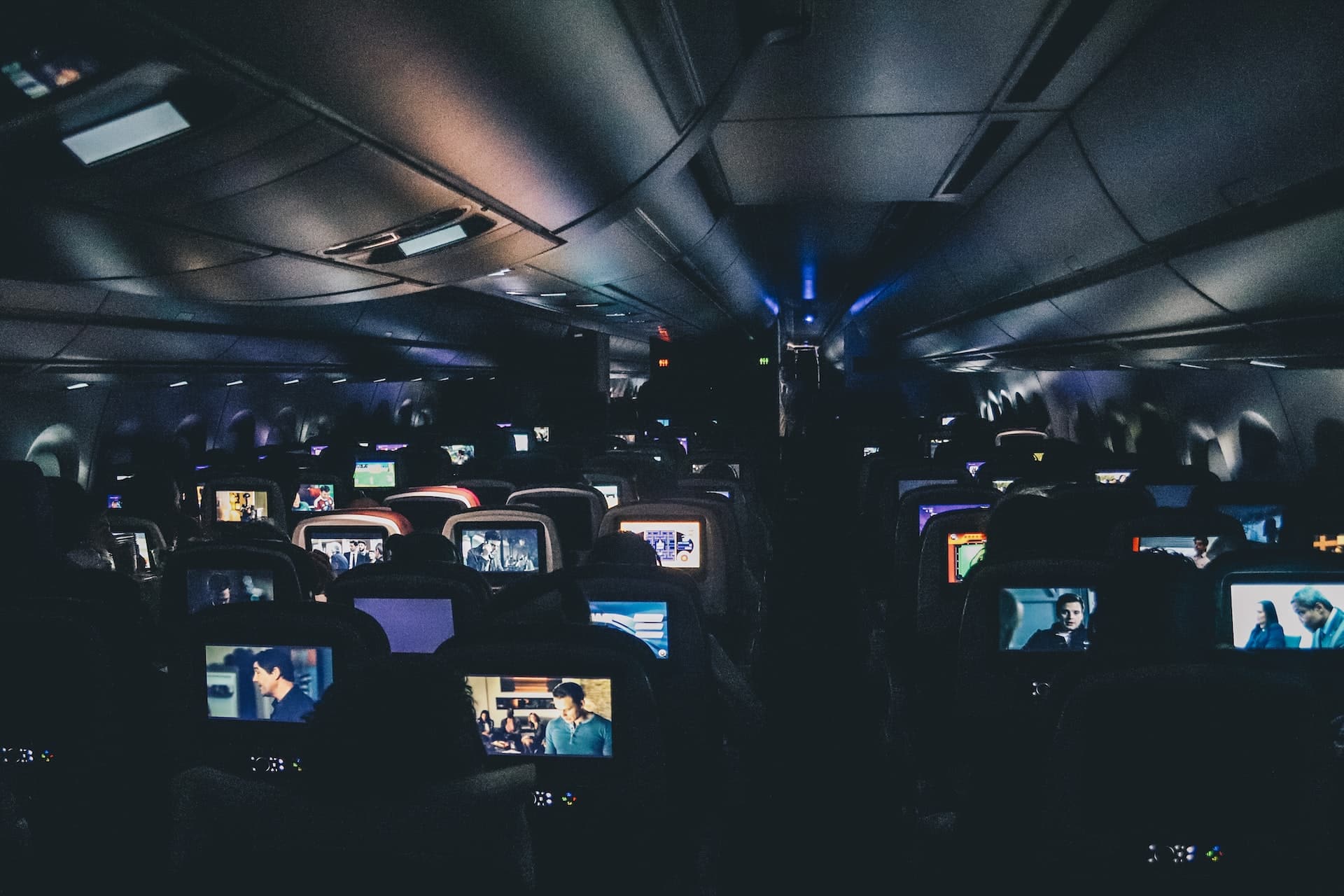Gone are the days of bulky overhead screens and limited movie selections on airplanes. With the advent of smartphones and tablets, passengers are now able to bring their own entertainment and make their flights more enjoyable. In fact, many airlines have already begun to phase out their built-in entertainment systems in favor of allowing passengers to use their own devices.
The rise of personal technology has changed the way we consume media, and this trend is no different when it comes to air travel. Smartphones and tablets have become the go-to devices for entertainment, with many people using them to watch movies, TV shows, and even play games. These devices offer a much wider range of options than the traditional built-in systems, allowing passengers to choose from a vast library of content.
Mobile devices also allow for a more personalized experience. Passengers can create their own playlists, choose their own movies, and even work on documents or presentations if they need to. This level of customization is something that airplane built-in systems can’t offer.
The Costs of Built-in Entertainment for Airlines
The cost of constructing built-in onboard entertainment systems can be significant for airlines. For example, the installation of a new entertainment system on an Airbus A320 can cost upwards of $1 million. This cost includes the purchase of the equipment, as well as the installation and testing of the system.
The maintenance of these systems can also be costly. Airlines need to regularly update and maintain the software and hardware of the entertainment systems, which can add to the expense. Additionally, if a system malfunctions during a flight, it can cause delays and further costs for the airline.

On the other hand, for a Boeing 777, which is a larger aircraft, the cost of building and maintaining the entertainment system can be even higher. The installation alone can cost $2.5 million or even more, which is a significant investment for any airline.
These costs can add up over time, and airlines have to consider if the benefits of having a built-in entertainment system outweigh the costs.
Considering that most of the passengers bring their own devices with them and would prefer to use them, many airlines are now opting to focus on providing power outlets and USB ports for passengers to charge their devices, instead of investing in expensive built-in systems. This allows them to save on costs while still catering to the entertainment needs of their passengers.
Another advantage of mobile devices is that they are often more reliable than built-in systems. Airplane entertainment systems are known to malfunction, and when they do, the entire flight can be disrupted. With personal devices, passengers can continue to enjoy their entertainment even if the built-in system stops working.
Airlines have also recognized the shift towards smartphones and have begun to adapt accordingly. Many airlines now offer streaming services, such as Netflix and Hulu, that can be easily accessed through personal devices. It should be no great surprise, then, that some airlines have even started to phase out their built-in entertainment systems altogether.
Free Internet
Many airlines have started to offer free Internet to their passengers as a way to stay competitive in the market. This has become a standard service for air travel, and it is now expected by many users. Offering online connection has also become a way for airlines to differentiate themselves from their competitors and to attract more customers. It is now considered a necessary service, as it enhances the passenger’s experience and keeps them connected.

Despite these advancements, some argue that built-in systems still have their place on airplanes. For example, they can be useful for passengers who don’t own mobile devices or for those who prefer to watch a movie or TV show with a larger screen. Additionally, built-in systems can also be used as a backup in case a passenger’s device runs out of battery or if their streaming service is not available.
Overall, it is clear that mobile devices have already begun to replace airplane built-in entertainment systems. The convenience and customization offered is something that built-in systems can’t match.

With the rise of personal devices, many airlines are beginning to question whether it is worth the expense to continue investing in built-in systems.
It is likely that we will see even more airlines embracing this trend and phasing out their high-cost entertainment systems.
Stay tuned for more updates on the future of in-flight entertainment.











